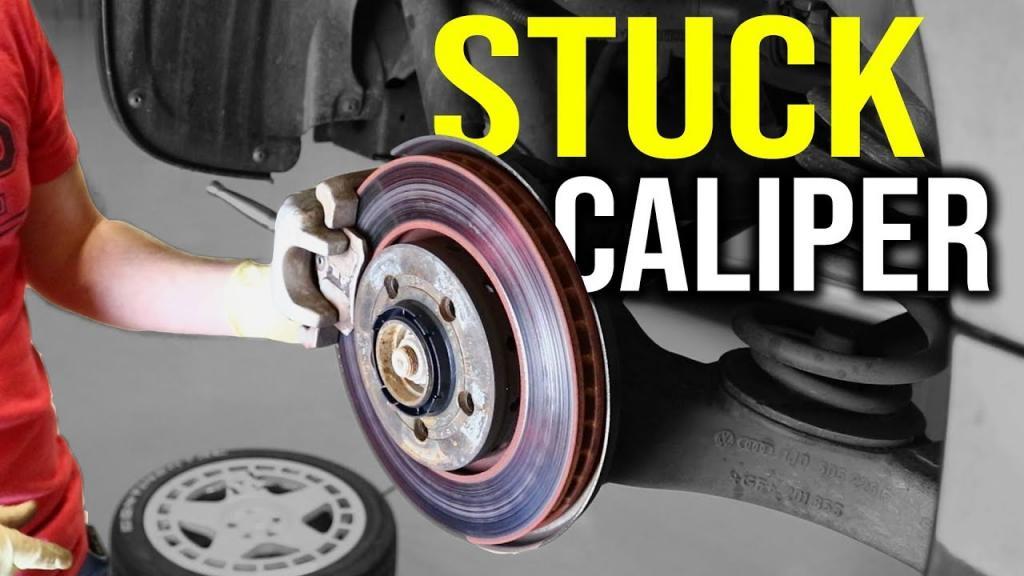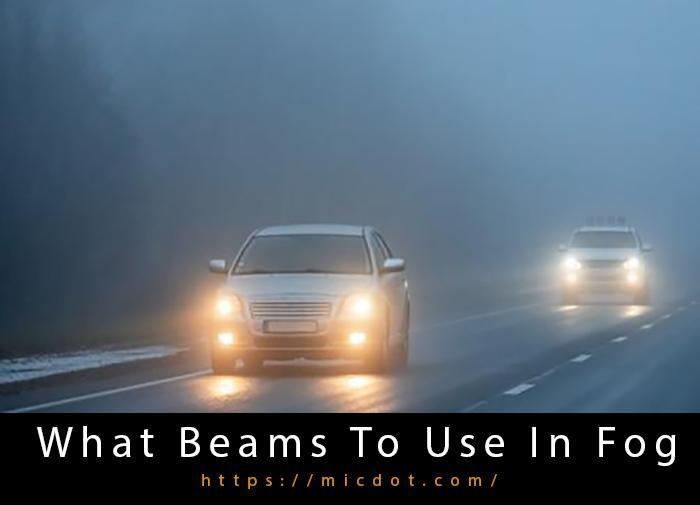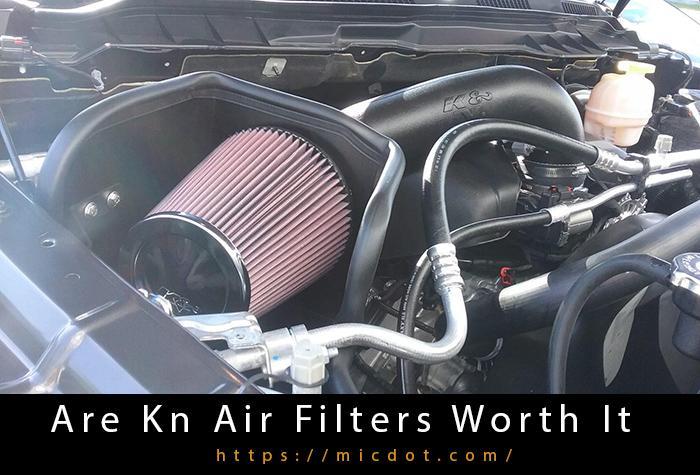This article contains affiliate links. Using any of the links on this page will allow me to earn a small commission at no additional cost to you. You’d notice a variety of unique signs and symptoms if an automobile had a problem with a certain component. Almost every part of your car’s numerous systems and modules is susceptible to failure at some point, and this is most often the result of neglecting those parts during routine maintenance.
If your brake calipers aren’t working properly, you run the risk of being involved in a major accident. When a brake caliper becomes seized, strange things begin to happen while driving. So, of course, you should know the most prevalent symptoms of a seized caliper, and here are some more specifics.
You Are Watching: Seized Brake Caliper Symptoms Updated 04/2024
What Makes The Brake Caliper Seize?
First, let’s look at the indications that indicate that the brake caliper is malfunctioning. Brake caliper seizure is caused by either inactivity or corrosion, as you can anticipate (rust). When a car is not driven for a lengthy period of time, the brake calipers may lock up, resulting in a dangerous situation. In addition, rust might develop as a result of inactivity or poor vehicle care. However, the absence of moisture in the caliper region is the most common cause of caliper seizure. It is difficult for your braking system to work properly if the caliper lacks moisture, which causes the pistol and brake pads to stiffen, wear down, and become jammed. If your caliper seizes, you should have it repaired as quickly as possible by a professional mechanic. Driving with faulty brake calipers can be deadly.
Seized Brake Caliper Symptoms
Depending on how your car’s braking system is set up, you may or may not feel any symptoms at all. Even if you don’t notice any of these symptoms, you’re almost certain to have a seized brake caliper.
1. Your Car Slows Down By Itself
One of the symptoms of a frozen brake caliper is a sluggish start. This occurs when a malfunctioning brake caliper can allow the brake pads to come into consistent contact with the brake rotors, causing your automobile to apply the brakes on its own (even if you’re not matching the pedal).
Read More : How To Remove Swirls From Black Paint Updated 04/2024
Check the complete braking system and if the brakes are jammed or stuck, you may need to replace them or apply oil to “un-stuck” them. Apparently this isn’t good. Calipers that have been stuck may be grinding against another component; if this is the case, release them.

2. Your Car Shifts One Side While Braking
Having a car that always shifts to one side when you apply the brakes could be a symptom of a damaged or seized caliper, as well. Your car will shift to the side of the faulty or damaged brake caliper if only one of the brake calipers is problematic. You’re battling the steering to keep the automobile on the right course, which suggests a faulty wheel alignment. Unfortunately, a seized caliper usually doesn’t require you to match the brakes before your automobile starts shifting to the side.
3. Heat Coming Off The Wheels
When you have a seized brake caliper, the brake pad will be under constant strain. As a result of the increased friction between the pad and rotor, a significant amount of heat is generated. If you drive under these conditions for a lengthy period of time, the brake rotors will become hotter. When you finally come to a halt, you’ll undoubtedly notice that heat emanates from your wheels when you stand close to them.
If you notice any of your wheels getting extremely warm when your car is stopped (in park), you may have a faulty brake caliper.
4. Unusual Grinding Noise When You Match The Brakes
Read More : Is 20 Tint Legal In Texas That You Need Know Updated 04/2024
A grinding noise will be heard anytime you match the brake pedals if you have a defective brake caliper. Your brake caliper may have merely gotten worse recently if you haven’t been hearing this noise. Because of a defective caliper, brake pads get stuck on the brake rotors and grind.
5. Bad Fuel Economy
Many factors contribute to poor fuel economy, but a faulty caliper is one that might make your engine use more fuel than usual. When one of your brake calipers is defective, it will cause you to brake unnecessarily all the time, which will increase your fuel usage.
6. Brake Fluid Leaks
The calipers are lubricated by the braking fluid you put in your car. However, if the caliper is faulty, the fluids will leak from the area, and you’ll be able to tell. When you stop your automobile and take a closer look at the wheels, you’ll see this.
How To Fix A Seized Brake Caliper
Actually, it’s a good idea to get your automobile checked out by an auto repair if the symptoms you’re experiencing are consistent with a damaged brake caliper. Brake repairs should only be done by trained professionals, thus DIY methods are out of the question for this type of repair work. While changing the caliper, you should also consider replacing the braking rotors and pads. As a result of the worn-out brakes produced by the malfunctioning caliper, you’ll have to replace them sooner rather than later (and more expensively), which is why you should replace them now.

Conclusion
When a brake caliper is seized, what are the signs and symptoms? When you apply the brakes, the most common symptom is a movement to one side of the vehicle, followed by fluid leaks. Checking your brake calipers as soon as you see any of the warning indicators listed above is highly recommended.
Sources: https://micdot.com
Category: Car










